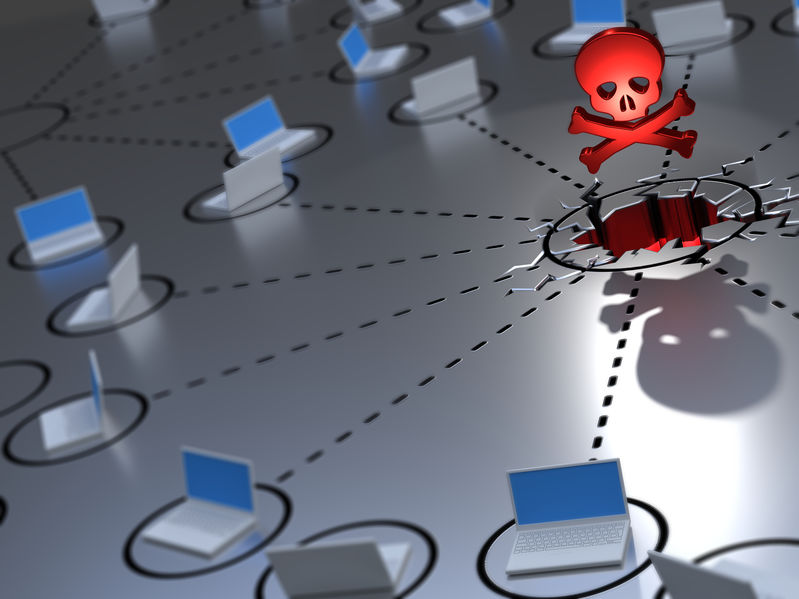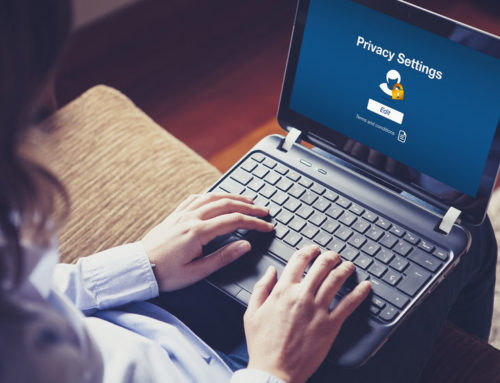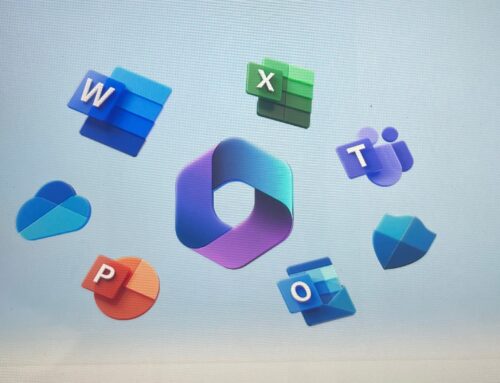It is difficult to keep up with malware trends, since hackers keep re-inventing modes of attack. The bottom line is that malware is not going away, and attention paid to the latest trends and methods of security are critical to keeping your information secure.
We are still seeing many and varied types of malware (see threatpost.com for more detailed information.) Wiper malware, such as the Olympic Destroyer, destroys systems and data. Enotet was a simple banking trojan but has evolved to a full-scale threat-delivery service and continues to be a major threat. It can leverage open-source code libraries from a third party. It is currently one of the most prevalent malware.
Another very common form of malware that we have written about in blog posts is ransomware. Unfortunately, it is getting smarter. One of the more recent and disastrous ransomware was the Atlantaransomware that attacked the system of the city of Atlanta. Ransomware tends to now pick a financial number it knows the victim can afford.
We have also written about crypto mining malware. Last year, it dominated malware growth. More than 5 million people were attacked in the first three quarters of 2018. The Cryptolocker Virus was shut down but other forms popped up instead. (See our post.)
Another common malware is card skimming malware that targets retailers, hotels and restaurants to obtain credit card information. When traveling or shopping, it is extremely important to only use secure network internet connections and be careful when using credit cards.
Removing malware from your devices is tricky. A red flag to notice is when performance slows on your device, which could indicate malware. Immediately, disconnect from the internet to help prevent the malware from spreading. If using Microsoft, boot into Microsoft safe mode. This is not so difficult with older versions of Windows but a little tricker with Windows 10. Of course, running a scan with Malwarebytes and backing up your data is crucial.
Keeping your data safe can be complicated. That is where the MSP comes in, securing your data for you and monitoring for attacks. It enables you to then focus on your business or organization. If an unfortunate attack does occur, the MSP can help remedy the situation quickly and safely.
CASE STUDY: A new client of ours discovered how easy an attack can occur. It chose to have us initially just manage its servers and networks only, but not its workstations. As a result, its password and admin privilege policies were not enforced on the workstations, and one of the users used a simple password that was easily hacked. Because the client had admin privileges on the network, the hacker was able to get access to all of the company’s information by coming through a “side door” like this. This is a good reason to have full Managed Services on all devices to avoid vulnerabilities.
Visit our website and contact us with any questions or for a full consultation.






